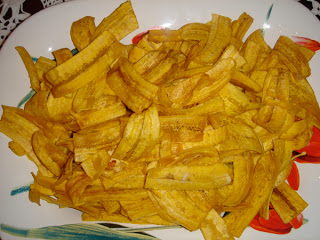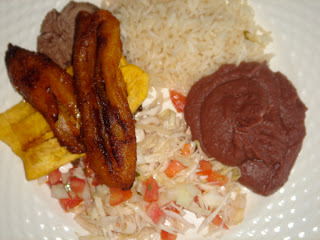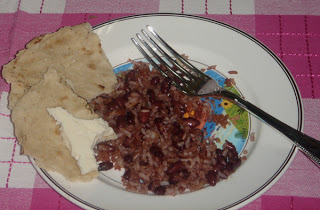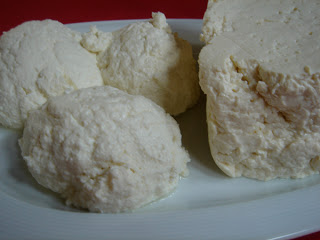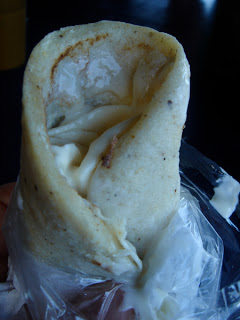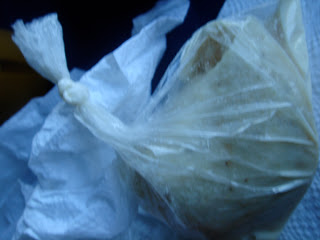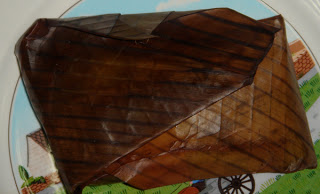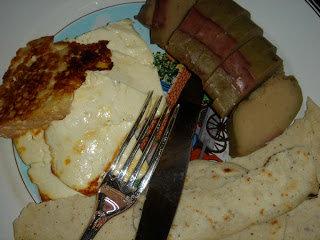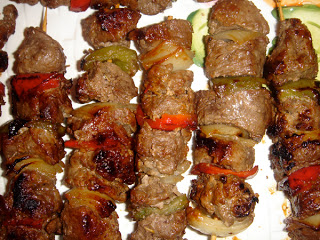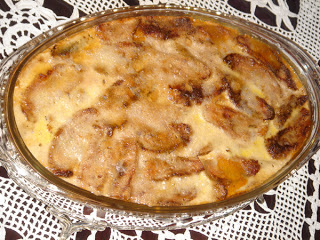Aside from telling you that I am – or was, until very recently – a culinary student I have told you very little about myself. Here’s a biographical tidbit: I am from Nicaragua, and more specifially, the small colonial city of Granada, “La Gran Sultana”. I grew up here and there, and have lived in the U.S. for the past ten years, but roots remain planted at approximately 12° 10′ N 86° 15′ W.
 One of the things I hope to do someday is a thorough research project on the food of my country: why do we eat what we eat? What is really native to us? Who taught us to cook? So many questions about what we consume and why that I would like to answer.
One of the things I hope to do someday is a thorough research project on the food of my country: why do we eat what we eat? What is really native to us? Who taught us to cook? So many questions about what we consume and why that I would like to answer.
I visited last week, and although ten days is but a brief sojourn, I tried to eat as much as possible. Most of the time my stomach was filled to capacity, but in the interest of scientific investigation, I chewed bravely on. This is merely a brief overview of my native cuisine, but I hope to add more information, as well as recipes, in the not too distant future.
Rice and small red kidney beans are on the menu three times a day. For breakfast, they are mixed and fried together to make gallopinto (literal translation spotted or painted rooster, alluding most likely to the reddish tint that roosters have which resembles the final product). Gallopinto is often accompanied by eggs, either revueltos (scrambled) or as they say in my grandmother’s house, perdidos (lost) or fried, as well as by tortillas or bread. You could also go the full monty and have fried plantains or maduros (sweet, ripe plantains) and cheese, either fresh or fried.
Cuajada and queso fresco, two traditional fresh milk cheeses.
At lunch and dinner, the rice and beans will be presented separately at the table, but there they always are. Growing up, meals served at home were of an international variety, but regardless of what we were having, rice and beans would be at the table. My mother and I always fought against two starches on the same plate, for example, if we were having lasagna there was no way we were going to have R&B there as well, but my younger brothers waved all propriety aside and would have them at the end of the meal, as “dessert”, they’d exclaim.
Corn products are as many can guess, a staple, tortillas being the most evident example. Most people buy theirs from vendors selling from humble roadside shacks. At under $1.00 for 10 tortillas, they are one of the more affordable food items available in a country that is among the poorest in the world.
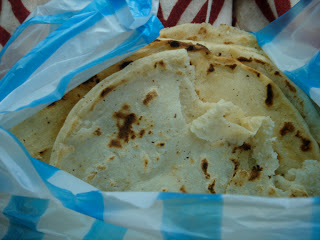 A tasty local treat is quesillo: Quesillo is string cheese that bears a striking resemblance to mozzarella. A braid of it is wrapped in a tortilla, smothered with sour cream (our version being much more liquid than the US variety) and a slaw of pickled onions. The taco-like roll is placed in a slender plastic bag, and voilà, you’re ready to eat. The best part of the plastic bag is that you can tie it, cut off the bottom end, and finish eating your quesillo from that side, the better to enjoy the sour cream and pickled onions that have pooled at the bottom.
A tasty local treat is quesillo: Quesillo is string cheese that bears a striking resemblance to mozzarella. A braid of it is wrapped in a tortilla, smothered with sour cream (our version being much more liquid than the US variety) and a slaw of pickled onions. The taco-like roll is placed in a slender plastic bag, and voilà, you’re ready to eat. The best part of the plastic bag is that you can tie it, cut off the bottom end, and finish eating your quesillo from that side, the better to enjoy the sour cream and pickled onions that have pooled at the bottom.
Corn is also the basis for a number of tamales: tamal pizque, of a greyish green hue that comes from the ash that’s incorporated with the corn; the sweeter and more tender yoltamal (which I unfortunateley couldn’t get while in Nicaragua); and nacatamal, the mothere of all tamales: weighing in at at least two pounds, this huge tamal cotains corn masa, pork, potatoes, rice, tomatoes, prunes, and raisins. It is a delicious and incredibly filling meal.
The mister’s grandmother treated us to one of my favorite things; chicharrón con yuca. Pork cracklings are paired with steamed yuca and topped with a slaw of cabbage, tomatoes, white vinegar, and tiny, spicy congo chiles, which are the only chilies we use and never in great quantities. If bought at a stand at the market or a park, chicharrón con yuca will be served on a chagüite, or plantain tree, leaf.
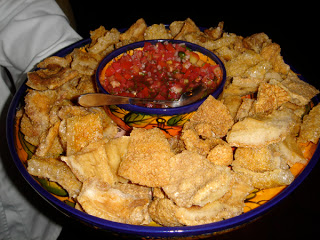
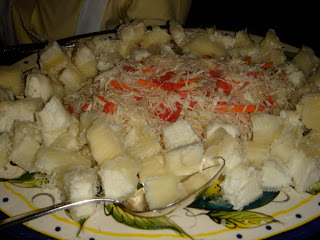
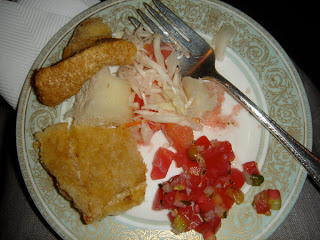 We were also treated to fried plantain chips, grilled meat kabobs, and my favorite, maduros en gloria (sweet plantains in glory, literally, but figuratively meaning that they’ve died and have gone to heaven): the sweet plantains are fried, then smothered with cream and cheese and baked for a bit in the oven. Really, you must try it. You can find the sweet plantains at your local market (*do NOT buy green ones and expect them to ripen. Buy the yellow ones and wait for them to ripen further, until the skins are black as this will ensure they are tender, rich, and perfectly sweet). There is a recipe from a traditional Nicaraguan cookbook, 50 años en la cocina, by Angélica de Vivas, that I will try at home with American ingredients and post on the site as soon as I can.
We were also treated to fried plantain chips, grilled meat kabobs, and my favorite, maduros en gloria (sweet plantains in glory, literally, but figuratively meaning that they’ve died and have gone to heaven): the sweet plantains are fried, then smothered with cream and cheese and baked for a bit in the oven. Really, you must try it. You can find the sweet plantains at your local market (*do NOT buy green ones and expect them to ripen. Buy the yellow ones and wait for them to ripen further, until the skins are black as this will ensure they are tender, rich, and perfectly sweet). There is a recipe from a traditional Nicaraguan cookbook, 50 años en la cocina, by Angélica de Vivas, that I will try at home with American ingredients and post on the site as soon as I can.
